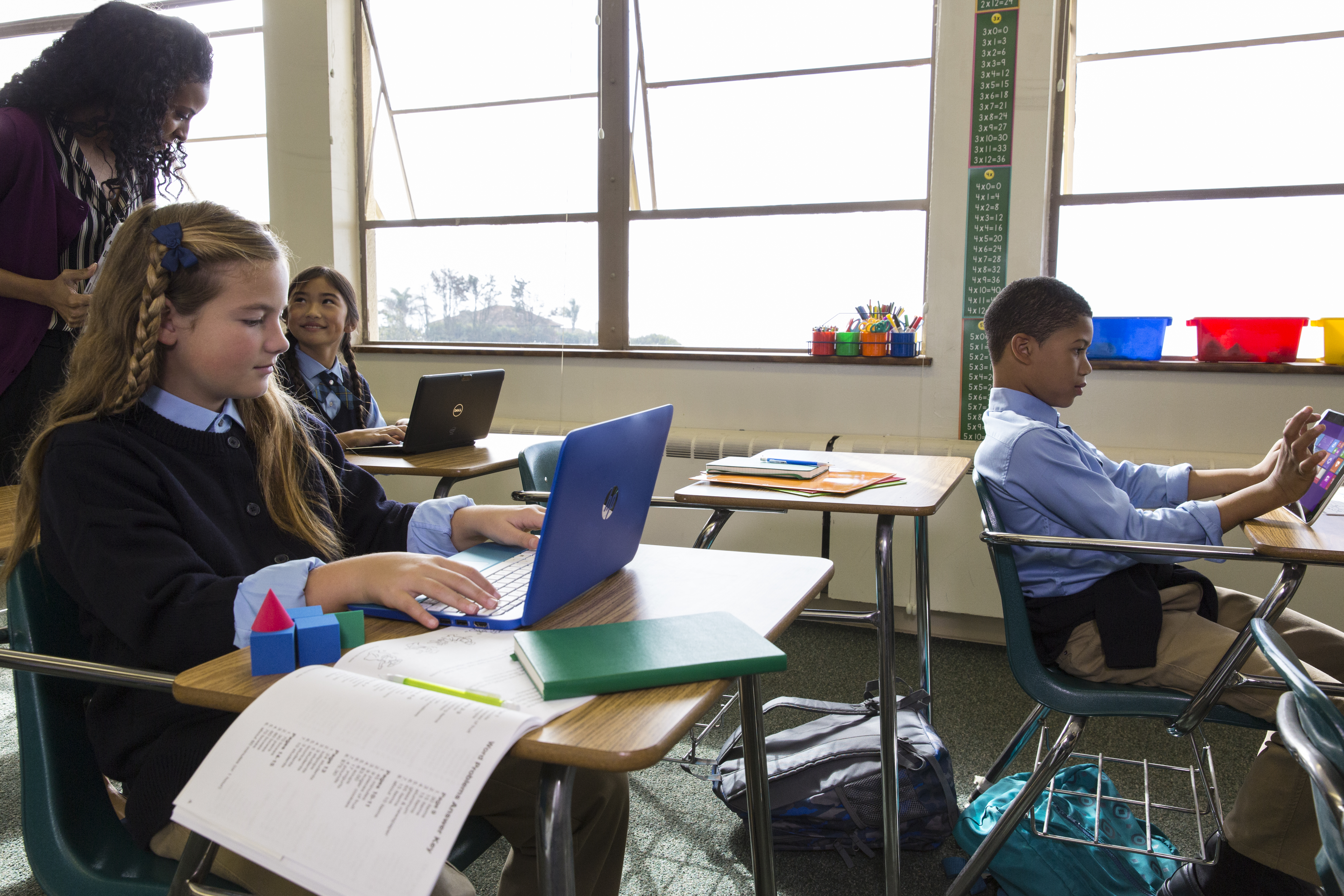The Power of Digital Pen & Surface in Schools - Inking Your Thinking Case Study

This post has been re-blogged from the Australian Teachers Blog
Tablet PCs and the use of digital pen enabled devices in schools is nothing new however, with more and more research about the impact of the “power of the pen” on learning, teachers, student and school leaders are increasingly looking to how student devices can improve learning outcomes. In 2014 Microsoft Australia in partnership with Victoria Department of Education & Training and Victoria University undertook a research project to investigate the impact of pen devices, particularly Microsoft Surface, at different age levels across three schools.
Through three classroom case studies, it explored how Surface and the Surface Pen can promote new learning for students and the use of innovative pedagogies by teachers. The complete findings are detailed in the Inking Your Thinking report which can be downloaded below and summarised here.
The case study was conducted across three Victoria DET schools across four age groups:
- Dallas Brooks Community Primary School
- Horsham West Primary School
- Hawkesdale P-12 College
The research objectives can be summarised in this excerpt:
"The study highlighted how naturally students use the Surface multimodal touchscreen, keyboard and pen to develop 21st century skills. Surface Pen, in particular, expanded their learning choices by enabling them to annotate images, maps and graphs and to write symbols, take notes and draw straight onto their devices. Teachers found that Surface devices opened a wider range of learning experiences, incorporating visual, oral, kinaesthetic and aural approaches. Students thrived on the opportunity to use them to learn independently, express their ideas and present and reflect on their learning."
The research was designed to answer the following three questions:
- How can Surface devices be integrated into K-12 school settings to maximise learning?
- How does a 2-in-1 device with a stylus impact on learning scenarios in educational contexts?
- Do teachers and students think that 2-in-1 devices impact on the quality of learning, and the ways they represent their learning?
Each case study involved students developing 21st century skills of creativity, critical thinking, collaboration and communication as they engaged in new learning across different school subjects across the various year levels. Each case study consisted of learning scenarios that exemplify the various curriculum focus and leverage the power of the pen.
The findings included teachers found that Surface devices opened a wider range of learning experiences, incorporating visual, oral, kinaesthetic and aural approaches. Students thrived on the opportunity to use them to learn independently, express their ideas and present and reflect on their learning.
“Surface’s pen is an advantage, especially in Mathematics. Explain Everything is a really good app for Mathematics because they can record little videos with them talking... being able to write with Surface’s pen is especially good for fractions which are really hard to do on a laptop because you have to type them all in. So Mathematics is definitely more easily achieved on the touch device.” (Teacher at Hawkesdale interviewed)
Seeing pen enabled devices have an impact at each level demonstrates that it’s not just high school maths and science that can benefit from a pen enabled device. Equipping learners at all levels with a digital stylus device can have great benefits for their learning. This and other related research can hopefully help schools make research and data based decisions on their choice of learning device for their students.
The read the short and full reports please download either below.
Download the Inking Your Thinking Short Report here.
Download the Inking Your Thinking Long Report here.